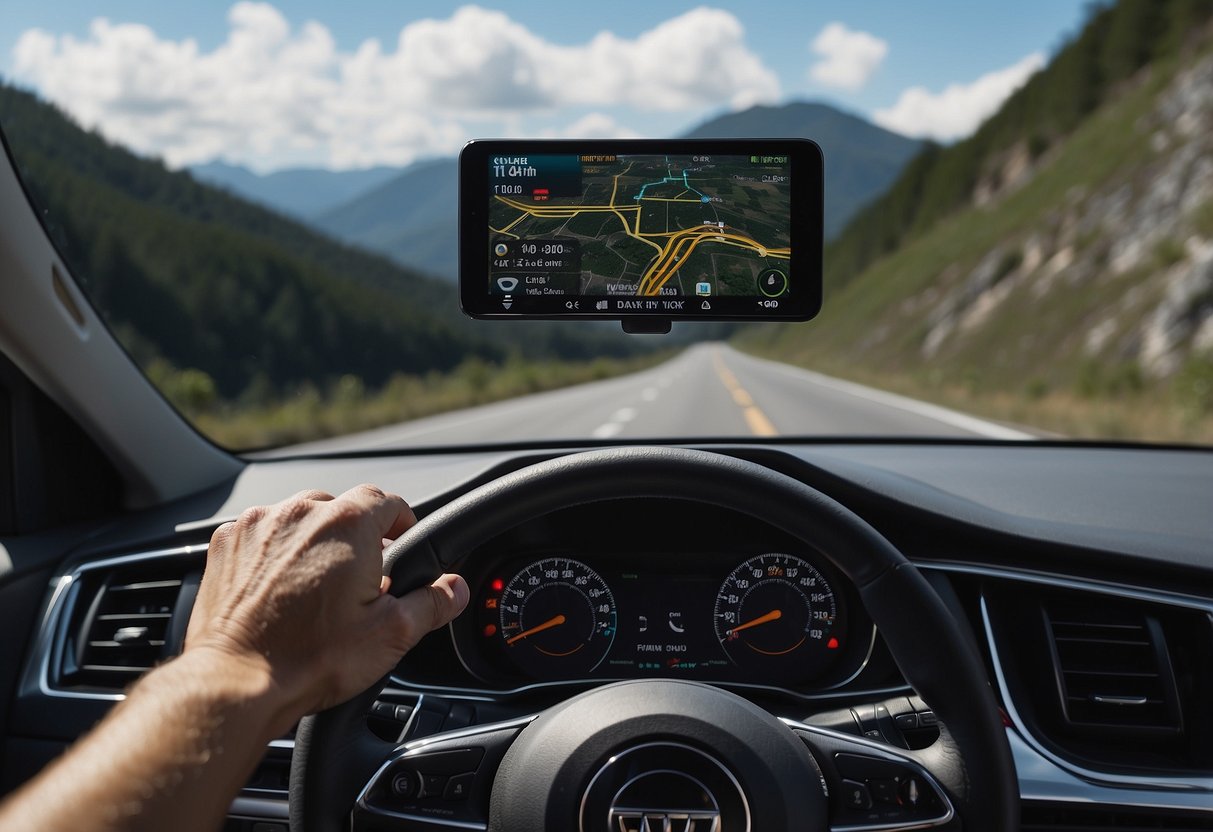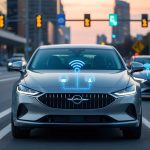
Future Trends and Developments
Advancements in augmented reality (AR) hardware and software are driving significant changes in the driving experience. This section covers the latest hardware innovations, software developments, and potential new applications of AR in the automotive industry.
Advancements in AR Hardware
AR hardware is becoming more sophisticated and accessible. Recent improvements in display technology are leading to enhanced head-up displays (HUDs). These displays are now clearer, brighter, and capable of projecting more complex information directly onto the windshield.
Miniaturization of components allows these systems to be integrated seamlessly into vehicle dashboards. Moreover, developments in sensors and cameras improve the system’s ability to overlay AR graphics accurately in real-time.
Additionally, the integration of 5G technology is expected to enable faster data transmission, enhancing the responsiveness of AR systems. These advancements indicate a future where AR hardware will provide more intuitive and safer driving experiences.
Software Innovations
Software plays a crucial role in how augmented reality is transforming driving. AI and machine learning algorithms are being utilized to improve the accuracy and relevance of AR displays. These technologies allow the system to learn from driver behavior and improve its predictions and recommendations over time.
Innovations in AR software also include enhanced mapping services that provide real-time updates and highly detailed navigational aids. These enhancements help drivers navigate complex urban environments more efficiently.
Moreover, improved user interfaces make these systems easier to interact with, reducing the distraction risk. Software updates can also be delivered over-the-air, ensuring that drivers always have access to the latest features and improvements.
Potential New Applications
The potential applications of AR in vehicles extend beyond navigation. AR can be used for advanced driver assistance systems (ADAS), offering real-time hazard detection and alerts. This helps in preventing accidents and improving overall road safety.
Entertainment is another field where AR can make a significant impact. Passengers could have access to immersive experiences during long trips, making journeys more enjoyable.
In the context of connected vehicles, AR can facilitate better communication between vehicles and infrastructure. This could lead to safer and more efficient traffic management systems. These potential applications promise a future where AR is a standard feature in vehicles, enhancing both safety and comfort.
Real-World Applications and Case Studies
Augmented Reality (AR) has found practical applications in enhancing vehicle navigation and improving driver assistance systems. Evidence from various case studies sheds light on trends in consumer acceptance and the impact of these technologies on driving habits and road safety.
Consumer Reception and Adoption
Many drivers have expressed positive feedback towards AR features integrated into their vehicles. AR heads-up displays (HUDs) overlay vital navigation information directly onto the windshield, reducing the need for drivers to look away from the road. Automakers like BMW and Mercedes-Benz have incorporated these systems, leading to a significant increase in driver satisfaction.
Initial adoption rates indicate a strong interest, especially among tech-savvy consumers. Surveys show that new car buyers are increasingly considering AR capabilities as a critical factor in their purchasing decisions. This trend suggests that AR not only meets a consumer need but also addresses a growing demand for advanced in-car technology.
Impact on Driver Behavior and Safety
AR technologies contribute to safer driving environments by providing real-time information and reducing driver distractions. For instance, AR navigation systems guide drivers with precise, visually integrated instructions, leading to more intuitive route following. Cadillac’s AR-enabled navigation system is one example that has demonstrated improved driver confidence and accuracy in making turns.
Research indicates that AR can significantly lower accident rates. Visual warnings about potential hazards, pedestrians, or other vehicles ensure quicker driver responses. Studies from institutions like the National Highway Traffic Safety Administration support these findings, showing fewer incidents in vehicles equipped with advanced AR systems.



